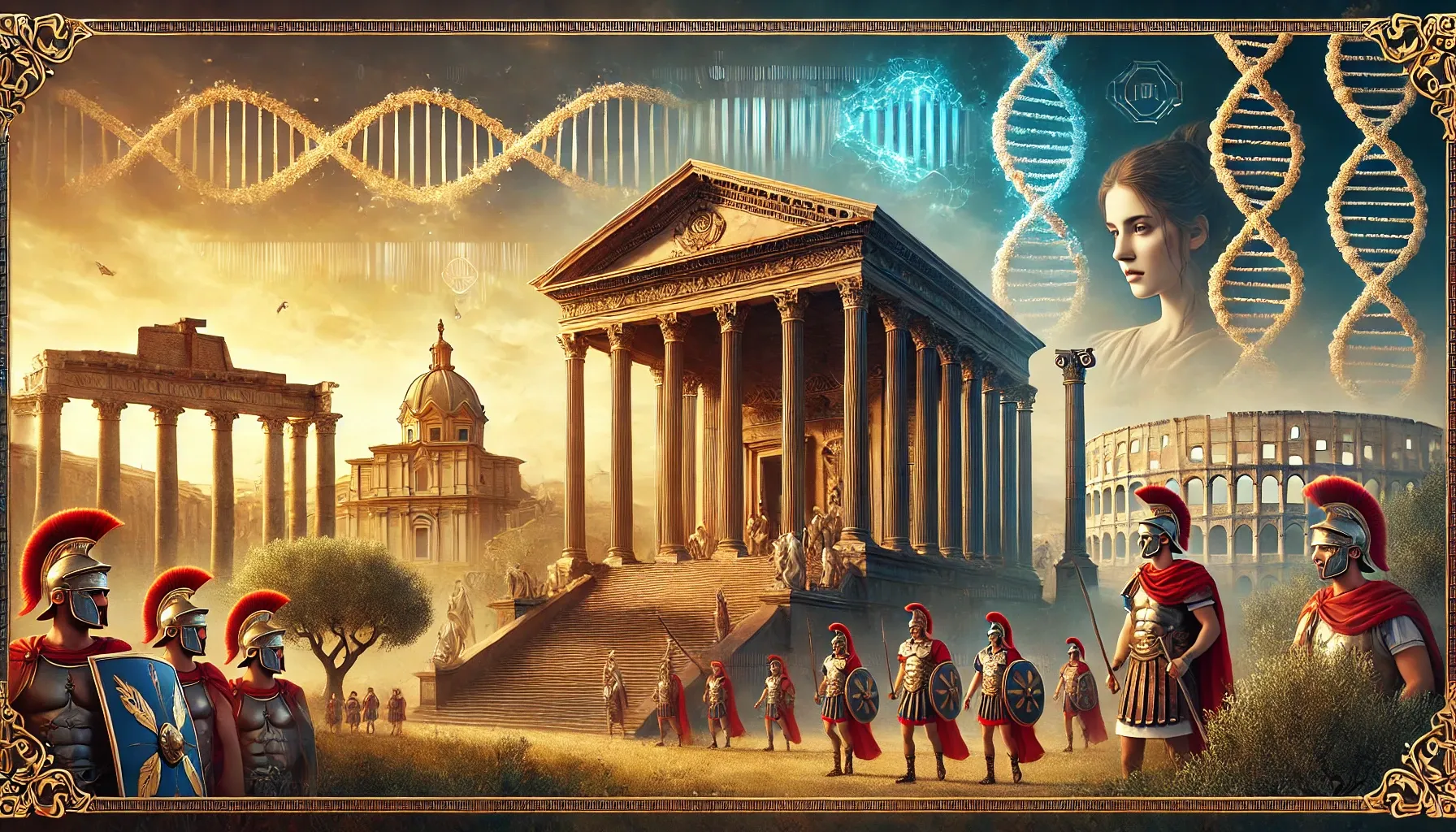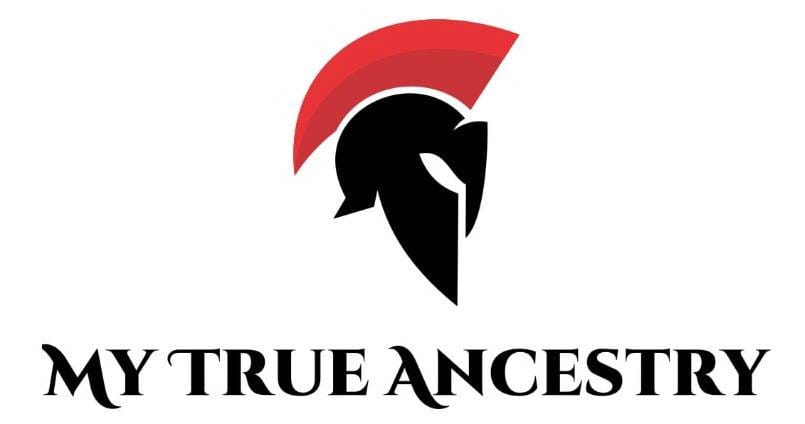Roman Iberia - The Impact of Colonization on Iberian DNA over time (100-800 CE)





The Impact of Roman Colonization on Iberia: A Glimpse Through Time
The research takes us deep into the heart of the Iberian Peninsula, analyzing 31 captivating archaeological sites. These sites, which range from urban centers such as the ancient city of Augusta Emerita to the rural coastal sites, are rich with stories of bygone eras. Among them, Corralón de los Blanes in Emerita Augusta enchants with its Roman and Suebian vestiges, offering a treasure of artifacts from a former provincial capital and contested Suebian kingdom.
To breathe life into ancient Iberia, the study draws on genetic data from 259 ancient individuals, with 67 of these dated using advanced techniques. These individuals hail from a Roman period thick with diverse ancestries, revealing varied backgrounds from across the Eastern Mediterranean and North Africa. A particularly illustrative find is a high-status woman from Malaca, buried with exotic Levantine objects, whose genetic ancestry traces back to central Italy, sparking questions about her life's journey.
For centuries, history has been told through artifacts and chronicles. Now, DNA gives us a different kind of evidence - one that speaks from within. Learn how your genetic story connects to the ancient world at MyTrueAncestry.com.
The genetic diversity uncovered in Roman Iberians is spellbinding. Principal Component Analysis reveals a dazzling mix, in stark contrast to the preceding Iron Age Iberians. East Mediterranean influences shine brightly, leaving an indelible mark on this ancient population, particularly in regions like the Ebro River Basin and southeastern coast. Ancestry from West Anatolia flows seamlessly into Roman Iberian bone structures, with Roman sites hosting a robust blend of these foreign strands.
When we read about vanished civilizations, it’s easy to forget that their descendants still walk among us. If you’re curious which of them you might share roots with, you can explore your own genetic links at www.mytrueancestry.com.
Roman rule bridged the Iberian Peninsula with North Africa more closely than ever documented before. Genetic analysis suggests a significant North African demographic input, especially along the southeast coasts and central plateau. This is evident from mitochondrial lineages, showing a shared ancestry that was previously unimagined on this scale. Sites like Arroyo Vaquero near the Strait present individuals with striking levels of North African ancestry, reinforcing historical narratives that suggest a vivid tapestry of interaction and exchange.
The grave goods accompanying these ancient individuals speak volumes. At Los Blanes necropolis, stunning funerary artifacts indicative of Suebian and wider Germanic leadership were unearthed, including gold and silver objects from central European origins. These signal cultural exchanges and power shifts that are reflected in the blending of indigenous, North African, and Eastern Mediterranean genetic signatures. The aristocratic graves at Merida, with their elaborate artifacts, tell tales of new ruling elites amidst a backdrop of social shifts towards Visigothic dominance.
The Migration Period brought significant upheaval and transition to Europe, with the arrival of various Germanic groups into the Iberian Peninsula. These included the Suebi, Vandals, Alans, and Visigoths, each leaving unique marks on the region's cultural and genetic tapestry. Explorations at sites like Pla de l'Horta reveal the blend of Roman and Germanic influences. Archaeological findings included distinctive grave goods, indicating the cultural entwinement of new settlers and the existing population.
Genomic analysis unveils the subtle yet detectable trace of Central-Northern European ancestry spread across Iberia. Notably, individuals excavated from Tarraco exhibited this ancestry even before large-scale migrations, suggesting pre-existing links between Iberia and central European populations. The uncovering of siblings from Vilanova d'Alcolea and Corralón de Los Blanes, separated by around 725 kilometers, underscores long-distance familial networks and the mobility fostered by Germanic and Roman road systems.
Though Central-North European ancestries mark the Germanic migration period, local Iberian lineages continue to weave through time, indicating coexistence rather than complete population turnover. Despite the arrival of northern groups, genetic evidence suggests that there was no wholesale population replacement. Instead, high levels of admixture occurred, showcasing the dynamic interaction between newcomers and the profoundly rooted Hispano-Roman populace. Even in regions like Augusta Emerita, with prominent Germanic grave goods, indigenous genetic makeup persisted.
The Roman and Late Antique periods witnessed extreme genetic heterogeneity, marked by Eastern Mediterranean and North African ancestry, a sharp divergence from the genetic makeup of the preceding Iron Age populations. Through the lens of DNA, researchers identified Eastern Mediterranean ancestry enduring well beyond the Roman Empire's direct control. One notable find from Les Goges, an individual dated to the 7th or early 8th century, underscores lingering connections within the Mediterranean world.
Historical texts had long suggested that Christianity could have entered the Iberian Peninsula from North Africa, a theory supported by the findings at Christian sites like the Cortijo Coracho. Here, the genetic evidence of North African ancestry intertwines with early Christian community traces, knitting a tale of cultural and religious diffusion that would shape the spiritual landscape of the region. The site contains one of the earliest Christian basilicas, revealing both Roman cultural contexts and a mix of local and North African genetic imprints.
https://papers.ssrn.com/sol3/papers.cfm?abstract_id=5561409
Discover how your DNA connects to ancient civilizations at www.mytrueancestry.com.
Comments